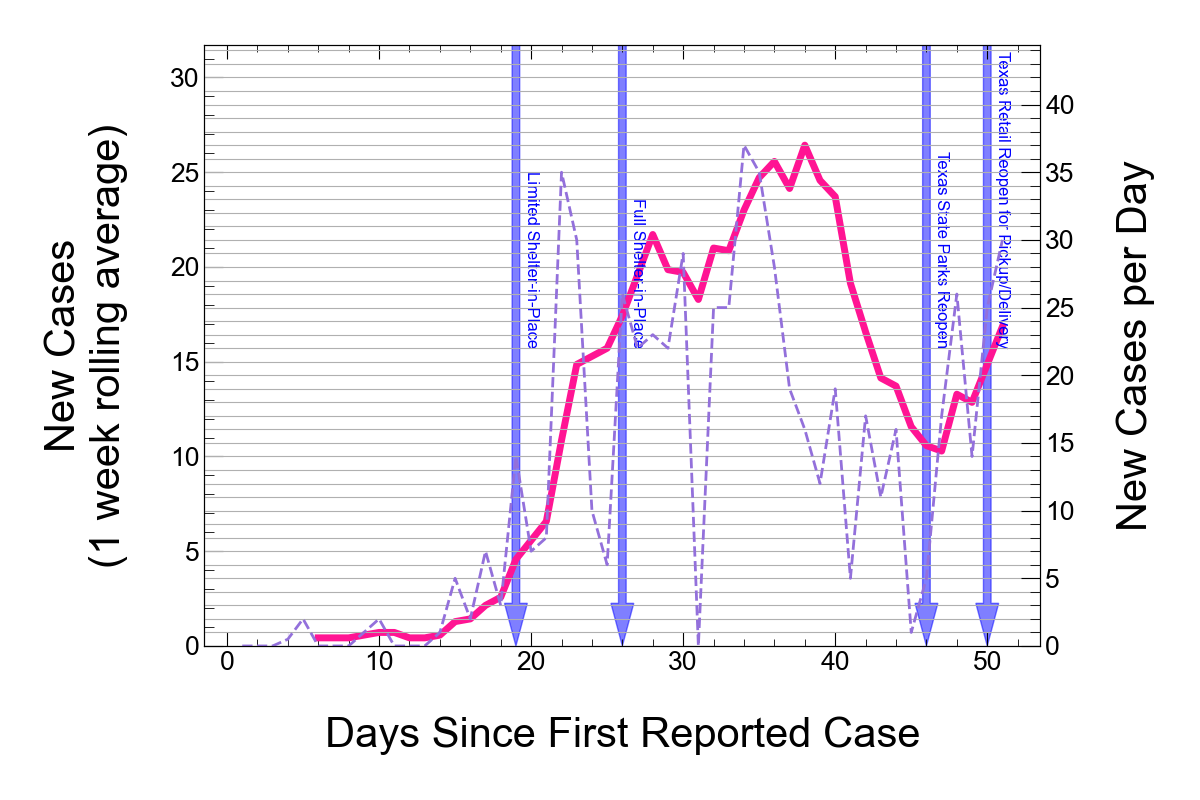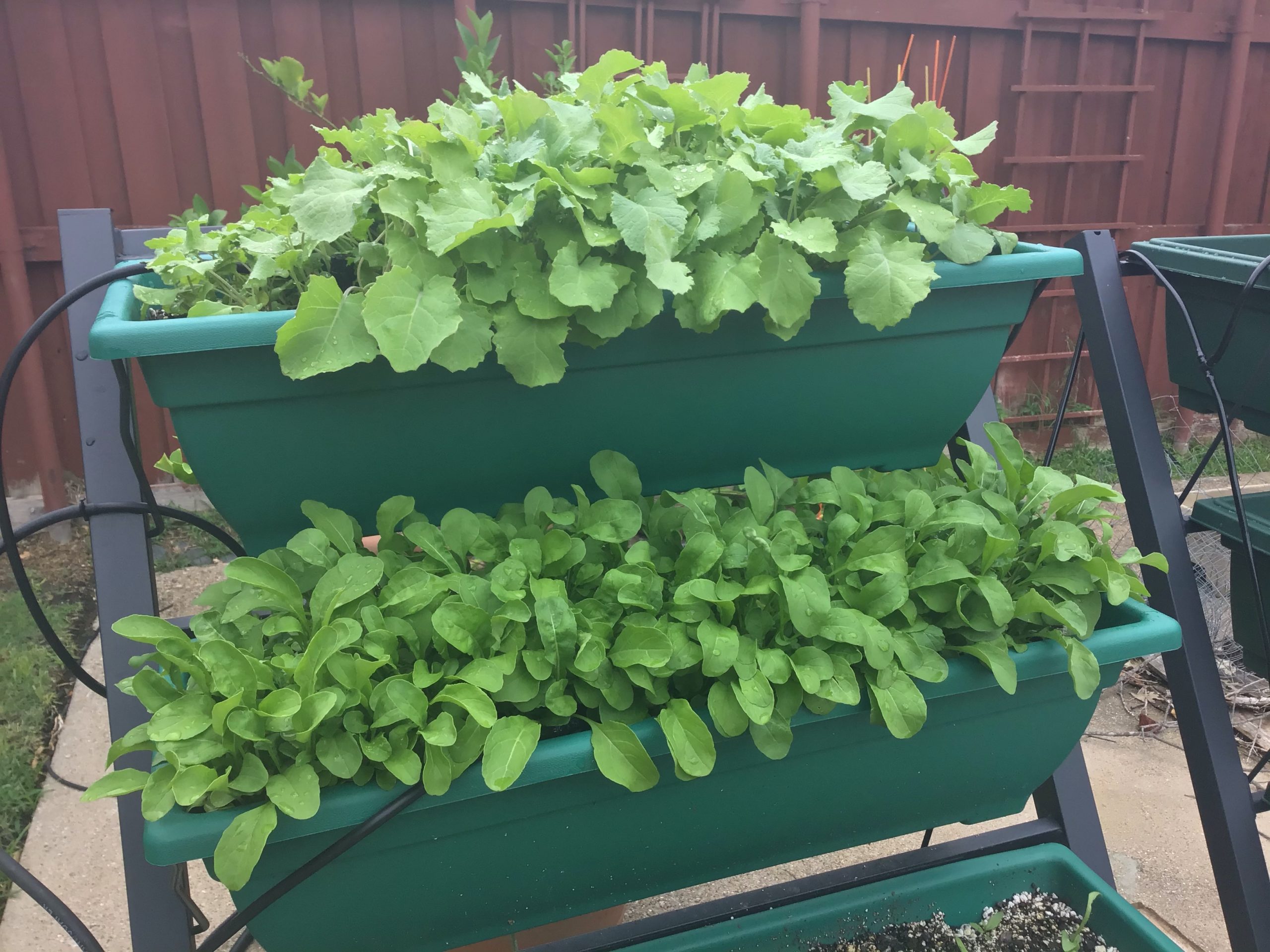(Written on July 18, 2009)
After days of preparations for the move to Texas (weeks, really, including selling and eventually giving away furniture), we were finally on our way. We watched as the last of our belongings were loaded into a moving truck before we said goodbye to friends and neighbors. Our red Honda civic zipped down the hill and out of the driveway, the inertia of preparing for the move finally overcome by the move itself.
Our travels took us south via 280, then down to Gilroy on a heading toward highway 5. As we passed through Gilroy, the smell of fresh garlic – thousands of cloves of fresh garlic – washed over the car and created a sense of home cooking. The day was hot and dry, the air conditioning struggling a little to maintain a more pleasant climate in the car. Our cats were laying in their carrier, the door open but both of them a little overwhelmed by the sudden departure from their home of five years. Bud had been panting as we left, perhaps a response to the heat but more likely a response to stress; Peanut, our Calico cat, was calm and pleasant, crying a little but mostly curious about all the scenery.
On our journey down the long axis of the California Central Valley, we saw first hand the water rights propaganda and the right-to-life signs. The water wars are alive and well in this land, mixed slogans of “Where water flows, food grows“, “Congress created dust bowl”, and “No water, no jobs” peppered the landscape (along with the occasional “Choose Life”). Some of these stood by seemingly fertile stretches of what looked like tomatoes, or almond trees; others in empty sandy fields. The signs hint at, but barely begin to describe, the problems this regions faces in the coming decades. In one case, these signs peppered an orchard just a moment before a heavily watered golf course appeared on the side of the road.
It made me think about the ecosystem of food production. It made me wonder at how a once dry and barren land was transformed into a fertile plain that now serves much of the U.S.’s needs for fruits and vegetables. The system of aqueducts and canals that bring water throughout this region are a marvel, but they helped to create a centralized food production system that relies on a steady and dependable supply of water from everywhere BUT the growing region. Facing waning snowpack, decreased rainfall, and, of course, the fight over whether to turn on the pumps in the Sacramento delta (and risk killing off the delta smelt, an endangered but allegedly alien species to the area), this area is finding out what happens when a single weak link in the chain threatens jobs, lives, and the nation’s food supply.
The water wars are just beginning here, while there is also a growing movement to diversify the nation’s means to produce its food. One irony not lost on me was that this region helped, in part, to create the very crisis it now faces. By allowing itself to become a critical juncture in the food supply, it became dependent on the cheap and (formerly) abundant fossil fuels. Industrial farming, trucking, shipping – all depend on cheap oil. Cheap oil is going away, and yet with the drought it leaves its legacy behind. The thirsting land grows thirstier, parched by the very greenhouse effect that both allows green plants to thrive while stealing the water from the land.
Tomorrow, we’ll head from Bakersfield to I-40, where we’ll cut across Arizona and hopefully make it to Albuquerque, NM by dinner time.



